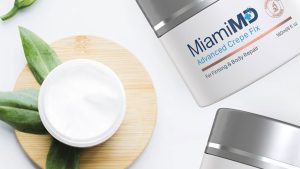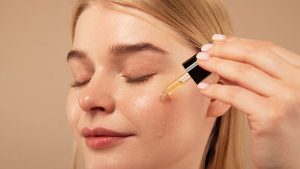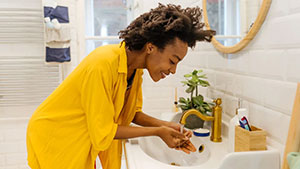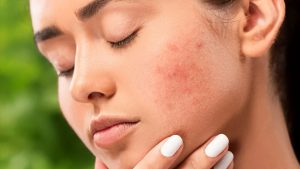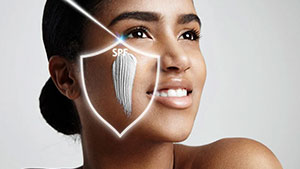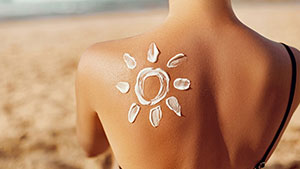How To Unclog Your Pores
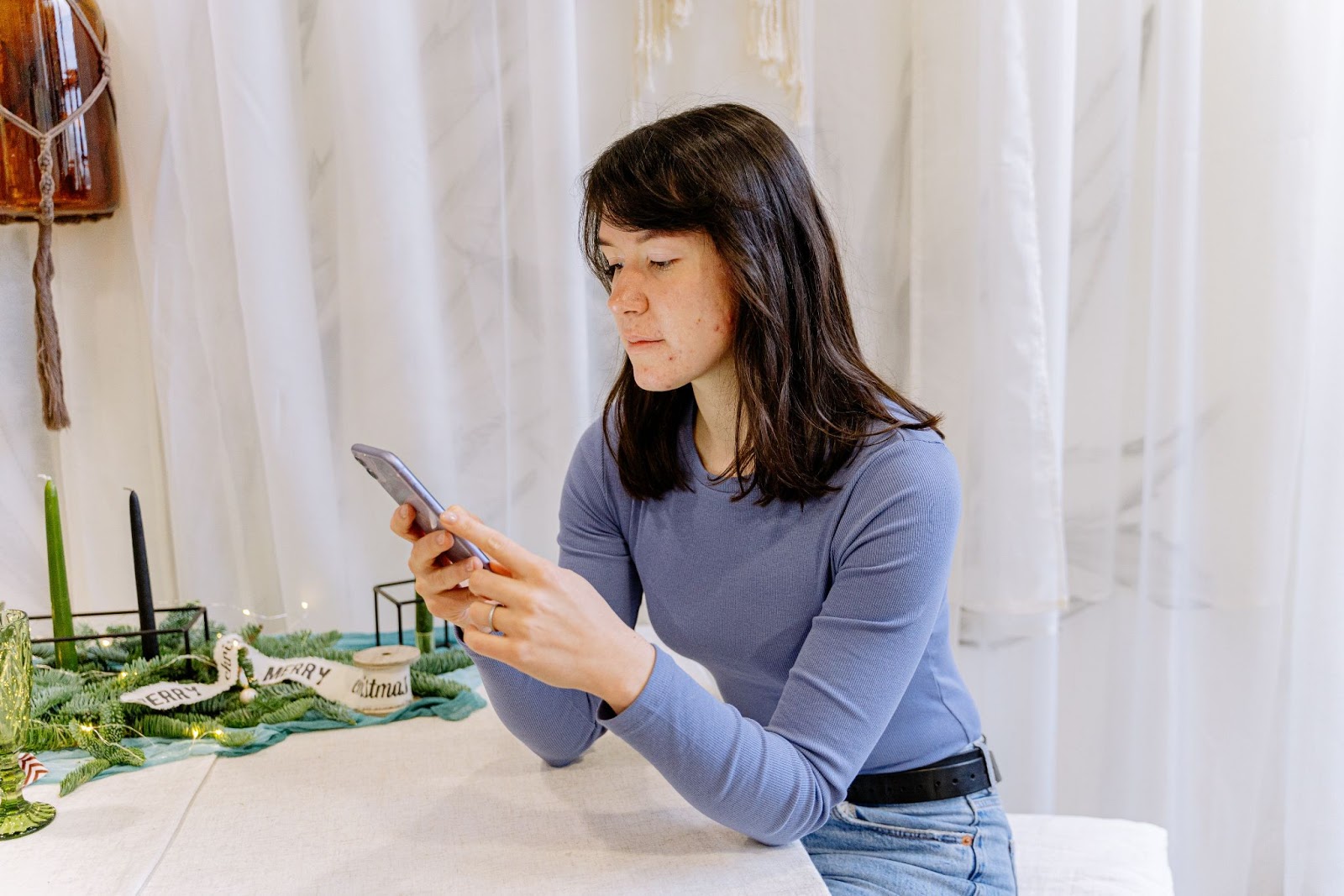
Having clogged pores on your face can sneak up on you and, before you know it, your skin looks like it did when you were back in high school.
No one wants to deal with acne, especially as an adult, but with a little knowledge and the right skincare routine, you can unclog your pores and help keep them free and clear in no time flat.
Miami MD has products that can fit into any routine, while also supporting your skin as it does the job it was born to do… leaving you looking as radiant as possible.
Pore 101
You can probably point out the pores on your face, especially the troublemakers. But do you know exactly what they are, and why there are so many of them? Before you can learn how to unclog pores, you need to know more about what their purpose really is.
First of all, pores are just openings in the skin. But they aren’t just empty holes… there is a real purpose behind them.
The visible pores that you can see, and even the ones that you can’t, are actually the very top of the hair follicle. This is where it opens up to the air, and each hair follicle has its own pore. That also means that we have pores all over our body, whether our body hair is visible or not.
Did you know that there are actually around 5 million different hair follicles on the human body? This makes the few that are bigger than you’d like seem like not as much of a problem, right?
The reason we have pores isn’t just to allow the hair to break through the surface. It is also where the body’s natural oil, known medically as sebum, is able to be released from the sebaceous glands that are connected to the follicle and onto the top of the skin to help moisturize it.
So really, without our pores, our skin wouldn’t be able to stay hydrated.
Dehydrated skin, as we well know, can lead not only to premature aging concerns like fine lines and wrinkles but also itching, tightness, and discomfort.
Why Do Clogged Pores Happen?
In general, pores get clogged as a combination of a few different factors…. excess sebum, dead skin cells, pollutants, residue from makeup, bacteria, and other debris from the environment like dirt.
Under normal circumstances, and with a regular skincare routine, pores are able to unclog themselves — with a little manual help.
However, if you are lax with your self-care, the debris that builds on or around the pores can become impacted. When all that material is able to gain access to your pores, and your sebum production is more than it should be, it traps that material inside and gives it time to become infected.
The end result is developing various types of acne, like blackheads and whiteheads, as well as other issues like congested pores, sebaceous filaments, papules, and pustules.
Ultimately, clogged pores lead to skin that can make you self-conscious.
What Other Issues Can Happen to Pores?
In addition to getting clogged and wreaking havoc, pores can also become larger in appearance. While some of that does come down to simple genetics, the same factors that can clog pores can also make them visibly larger.
Aging also plays a part here, as the natural elastin and collagen start to break down quicker with each passing year.
Pores are also one of the places that the body can alert you if its moisture barrier is compromised. Some dermatologists refer to this as “orange peel skin,” because the appearance of the pores looks like the surface of an orange.
If that sounds like it may describe your skin, it’s time to take a step back and really focus on increasing its hydration level. You may need to stop using any skincare products other than a gentle cleanser and supportive moisturizer for a week or so until it can heal itself.
How to Unclog Pores
If you’ve noticed that your pores are getting clogged, or they are appearing larger than you’d like, what exactly can you do about it? The first step is to take a close look at your skincare routine.
Don’t have one? Now is the time to start!
It really is the key to keeping your pores clean and open, while also reducing the signs of premature aging. It doesn’t matter how young or old you are, every single person can benefit from a quality routine.
At a very bare minimum, a skincare routine should include a cleanser that is meant for your specific skin type and a moisturizer. Once you’ve gotten those two things under control — which may take a little trial and error — you can add in other skincare products. Serums meant to target specific areas of concern, like Miami MD’s Dark Spot Corrector, toners, and spot treatments are all great options.
And, while we’re talking about skincare products to add to your routine if you’re prone to acne or clogged pores, consider a salicylic acid toner.
For people struggling with oily skin, this product can be especially useful. It can be purchased over the counter in lower concentrations — usually no more than 10%. You can also visit your dermatologist for a higher strength.
Salicylic acid toner works by chemically exfoliating your skin. It dives deep into your pores and helps dissolve both the bonds that naturally occur between the dead skin cells as well as the dead skin cells themselves. It can also break up that excess sebum, which belongs to the BHA – beta hydroxy acid – family and is oil-soluble, and encourage the skin cell turnover rate to speed up.
The end result is skin you can be proud of, with less worry about how to unclog your pores and more time to just be yourself.
How Not to Unclog Pores
Although they may be annoying and visibly unappealing, the number one thing not to do when it comes to how to unclog pores is to squeeze or pick at your skin.
When you have acne, especially the type with an obvious “head,” your first thought is how quickly you can get rid of it… and “popping” it becomes the obvious choice. However immediately gratifying this may be, it can also lead to more serious, long-term issues.
For instance, when you touch any open wounds on your face (and acne is essentially an open wound, especially after you’ve squeezed it open), there is a much higher chance that you’ll transfer the bacteria that is naturally found on your fingers into the area. That can mean infection, leading to an even larger problem.
Scarring can also result, and the area in general just becomes painful and leads to swelling. The same goes with using tools, so just leave your acne alone or treat it with the right skincare products instead of being tempted to “help it along.”
Clogged Pore Prevention
The most important thing that you can do for your skin, whether you are dealing with clogged pores or not, is to establish a skincare routine that supports your skin and targets your specific issues.
Once you’ve found products that work for you, make sure to wash your skin twice a day. This is especially important if you spend time outdoors or wear makeup, as those issues can often make clogged pores even more likely.
Cleansing the skin also helps to lift away any excess sebum that may have been produced and sets the stage for your other skincare products to penetrate deeper into your pores. If you work out or sweat excessively, wash your face off with water if you can as well.
Just don’t wash your face too much… that can lead to dryness which actually triggers the skin to produce more oil.
Also, as we discussed, salicylic acid toners are a great product for anyone who has issues with oily skin and clogged pores. While you will likely need to ease yourself into using them, as they can be irritating to sensitive skin, they can help keep your sebum production closer to the normal range.
No matter what your skincare routine looks like, it is essential that you are able to stick with it. Consistency is key to keeping your skin looking its best.
In Summary
Hopefully, with the knowledge you’ve learned in this article and a little trial-and-error, you’re able to unclog your pores and reveal your best skin.
Miami MD is your go-to skincare company, helping keep your skin firm, radiant, and youthful.
While we can’t keep the world from impacting our faces, we can do our best to help our pores do their job effectively. And don’t we all have more important things to worry about?
Sources:
Dry skin: Signs and Symptoms | American Academy of Dermatology Association
Acne Resource Center | American Academy of Dermatology Association
Facial Skin Pores: A Multiethnic Study | National Library of Medicine
